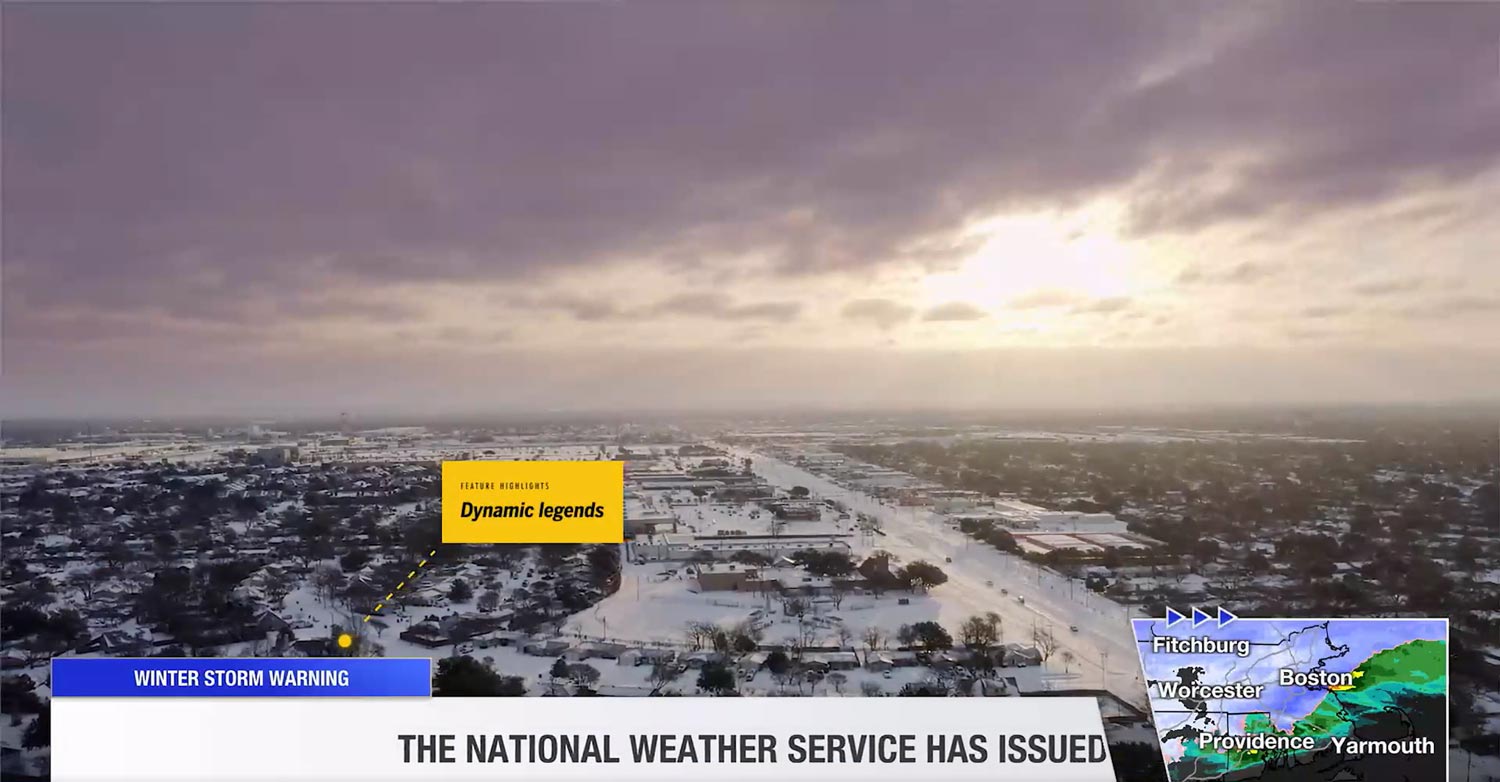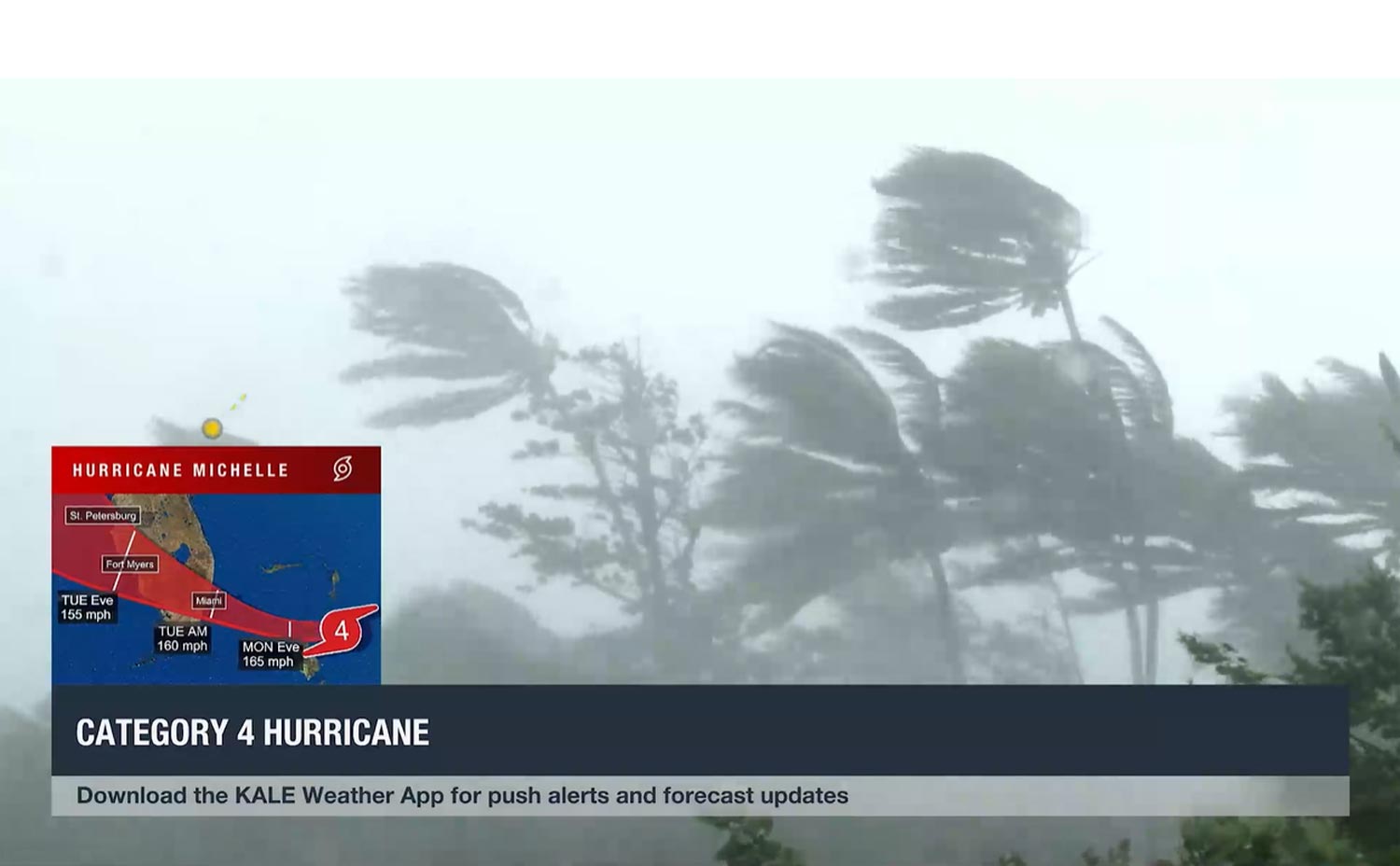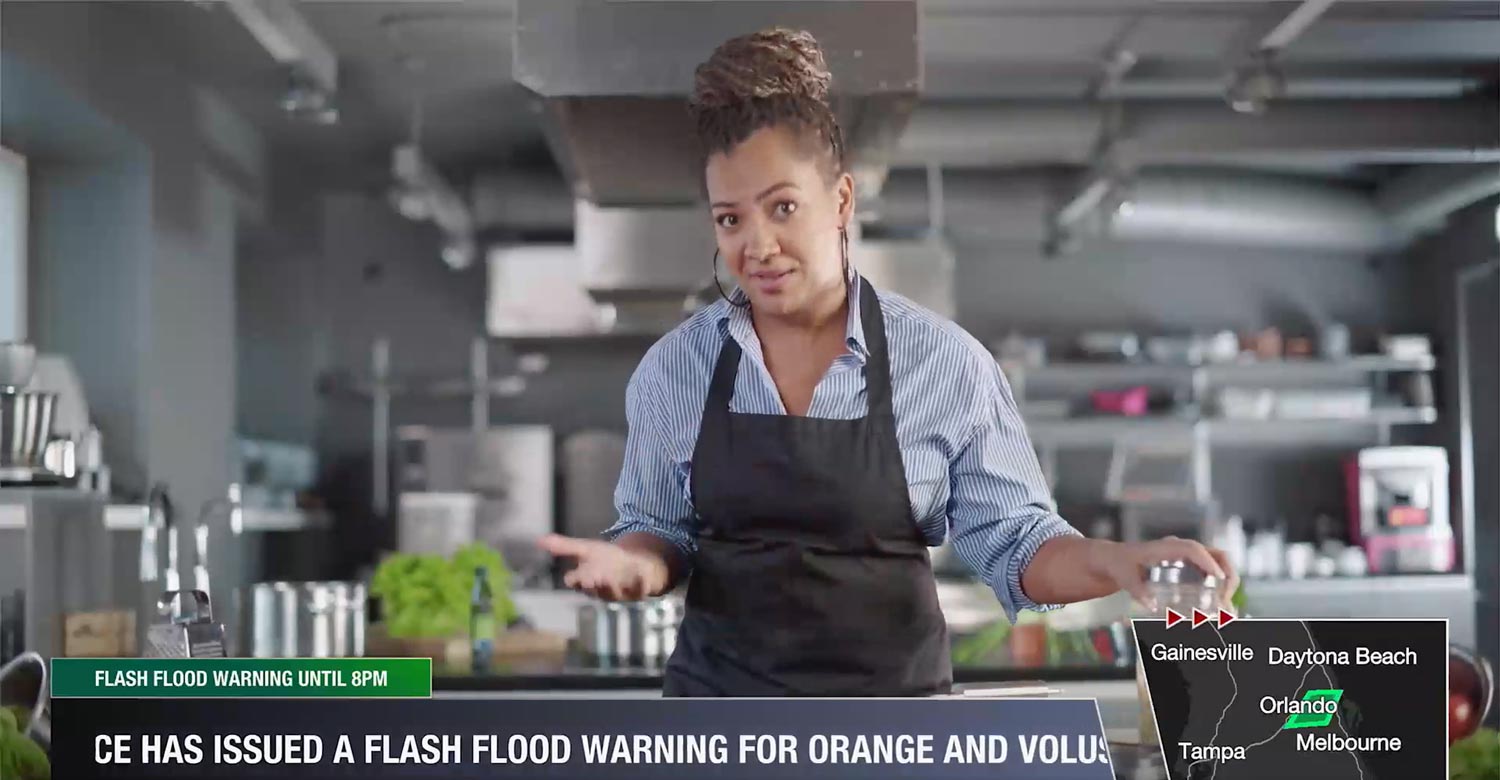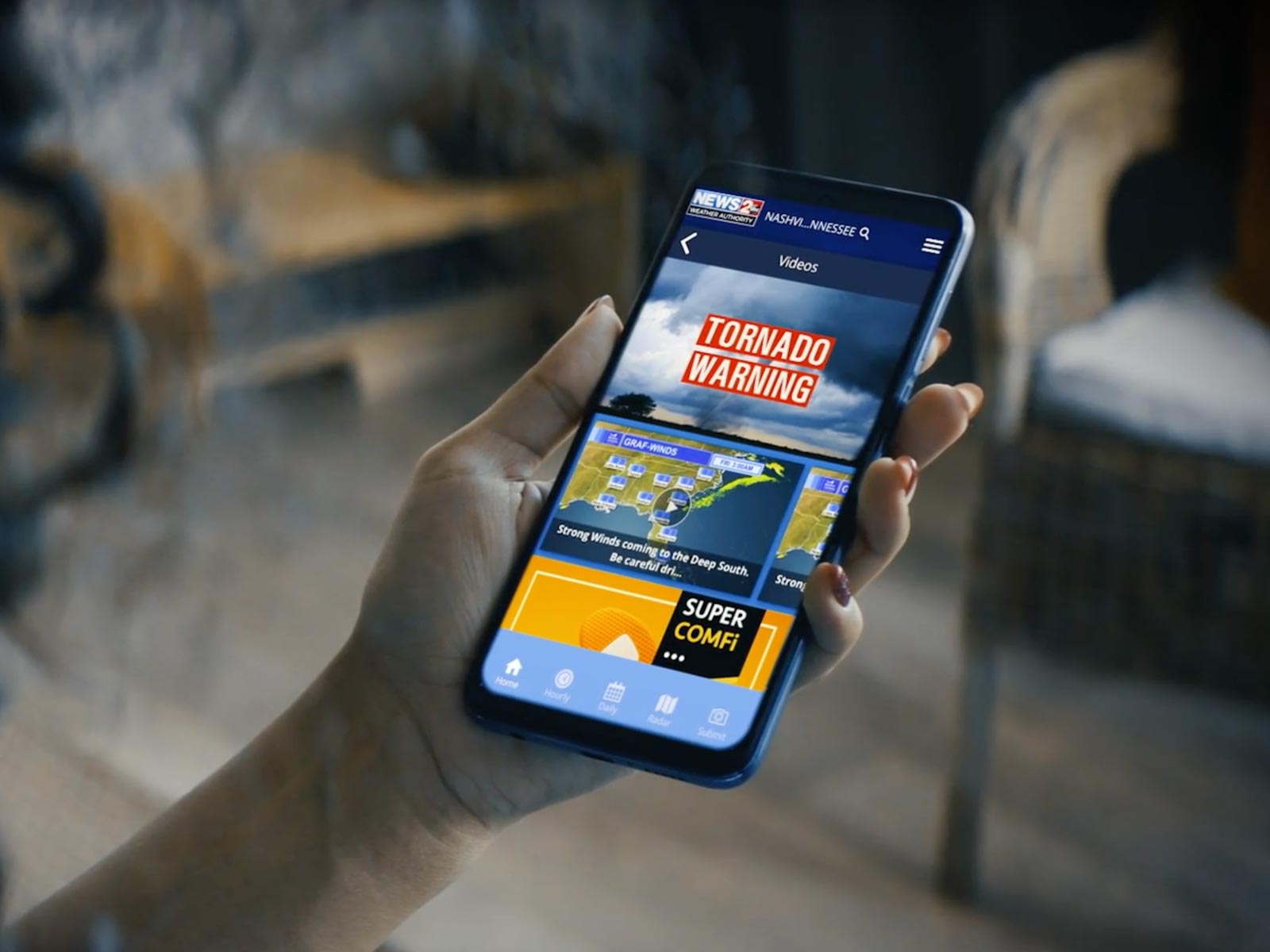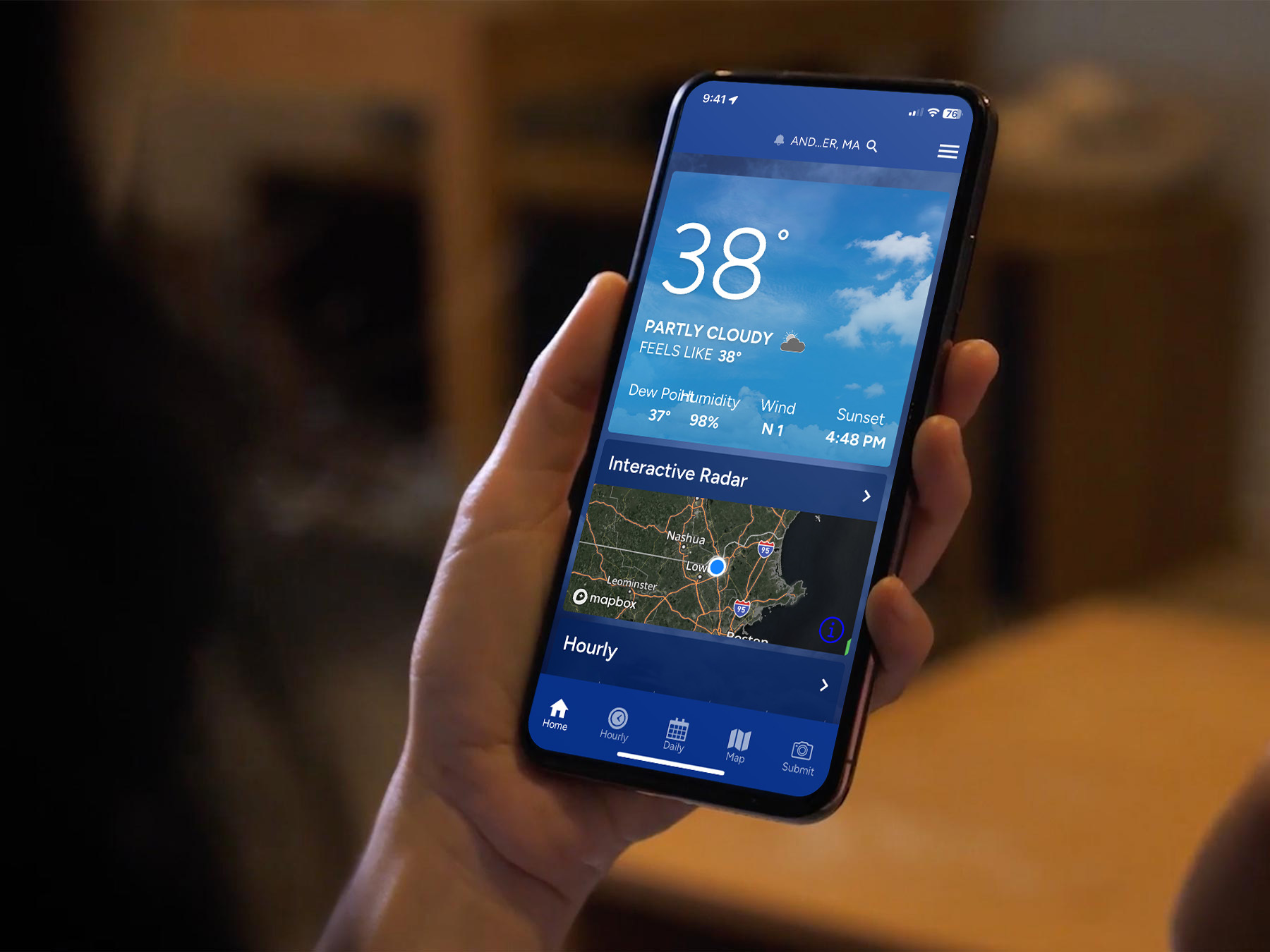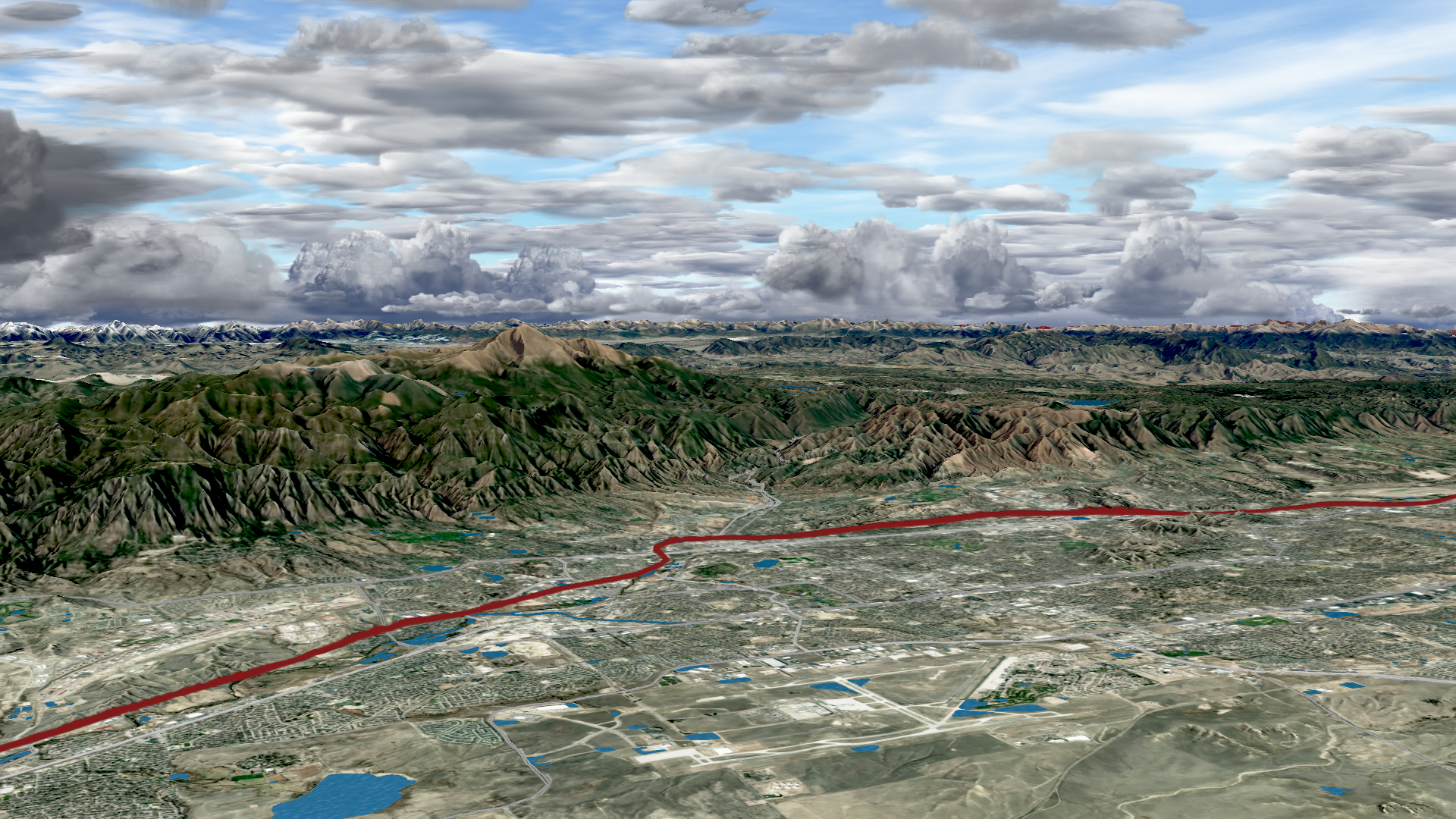Weather intelligence for the future: Crafting a strategic enterprise approach to changing environmental conditions
Continue reading

Max Alert Live
Live weather updates at life-saving speed during severe weather events.
An attention-grabbing approach to severe weather alerting system
Using direct integration with the National Weather Service, Max Alert Live helps you get to air first during severe weather by automatically breaking down watch and warning data with county-by-county radar images and detailed information. Customize priorities, update frequencies, set audio notifications, and more to help create the best weather presentations in your market. Place the crawl, warning map, and map text anywhere on screen and brand it with your logo or sponsorship. Also manually send out non-weather alerts if desired.
Weather alerting software at life-saving speed
A real-time weather alert system leveraging cloud technology and Max workflows so you can be first to-air with live-saving information.
Product showcase
Success story
Frequently asked questions
Max Alert Live is a broadcast tool that allows stations to send out live, severe or non-severe, weather alerts anywhere and at any time as long as there is an internet connection.
Max Alert Live will automatically trigger messages based on user-assigned criteria along the bottom of the screen, in correspondence with severe conditions. Depending on the severity, these warnings can be automated or displayed manually.
Yes. Live severe weather warnings can be placed anywhere on your presentation and feature the use of preexisting graphics such as brand logos or customizable graphics that adapt to changing weather conditions.
The live severe weather forecasts in Max Alert Live come from the National Weather Service. Additionally, The Weather Company is the world’s most accurate weather forecaster overall.1
Yes. Max Alert Live’s command and control center is integrated into Max Cloud. This enables your station to send out a live severe weather alert from anywhere at any time, as long as there is an internet connection.
No. Max Alert Live functions as part of the Max product suite, so there’s only one base Max system to learn.
For linear TV product questions, call 978.983.6350, email [email protected] or submit a ticket via The Weather Community.
For digital/mobile product questions, email [email protected].
Let’s talk
To learn more about how Max Alert Live weather alert software can help deliver alerts at life-saving speed, contact our media experts today.
Contact us1 ForecastWatch, Global and Regional Weather Forecast Accuracy Overview, 2021-2024, commissioned by The Weather Company

